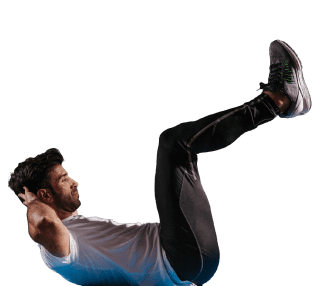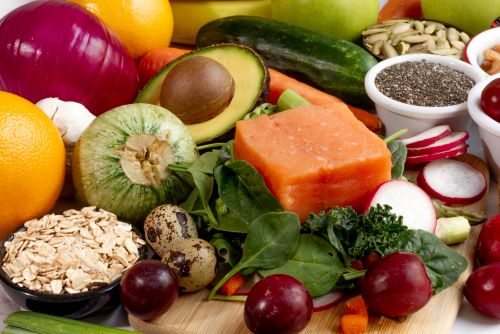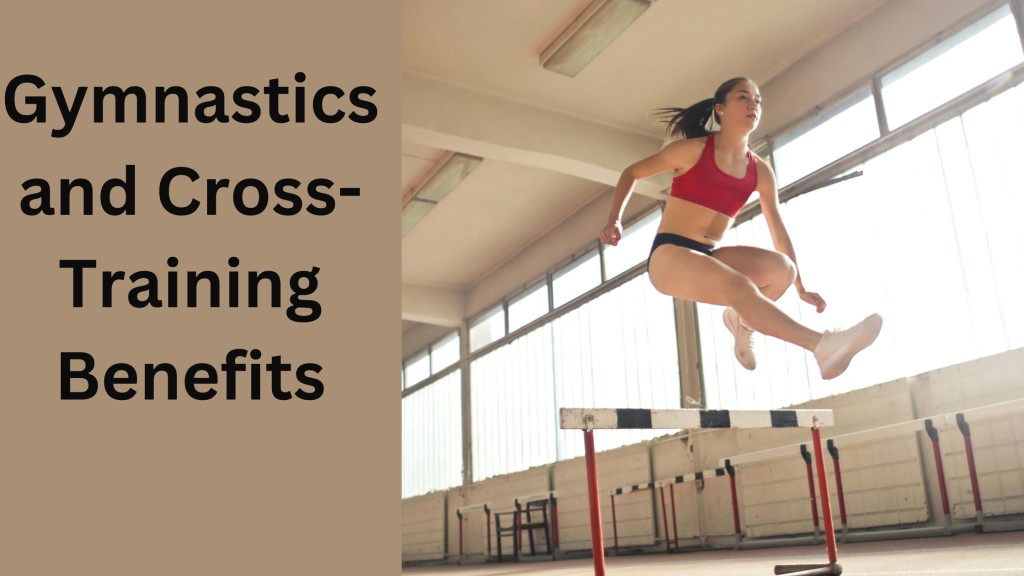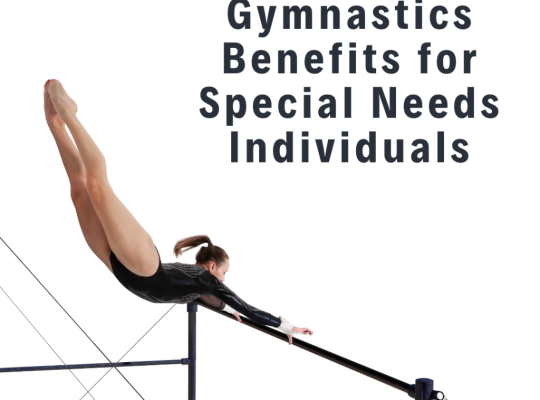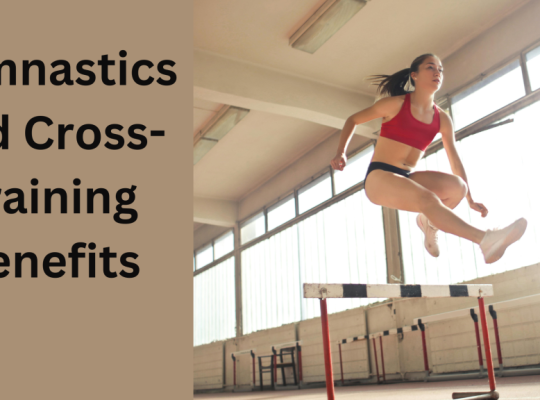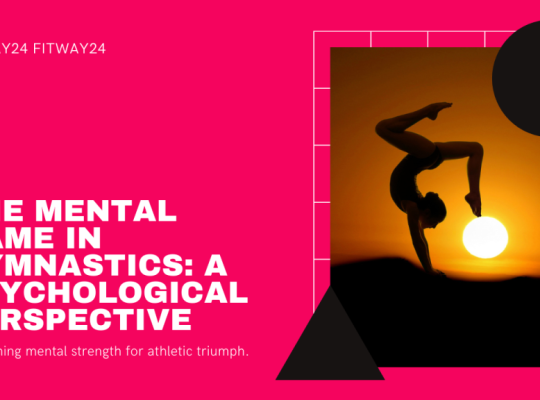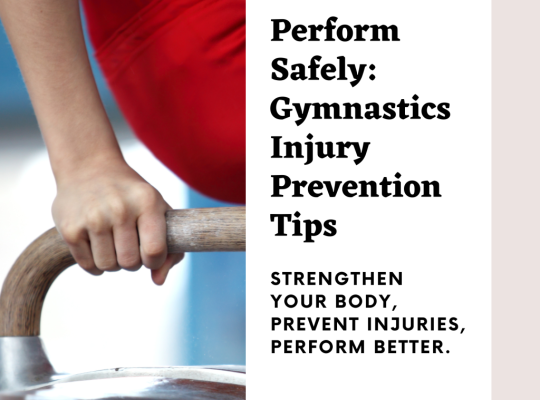Introduction
Gymnastics is an incredible sport that requires not only strength and agility but also a deep understanding of the science behind perfecting its skills. Imagine launching yourself through the air with the grace of a bird and the power of a panther. That’s the world of gymnastics, where athletes seem to defy gravity itself with their incredible flips, twists, and leaps.
But these awe-inspiring moves aren’t just about raw talent; there’s a fascinating science behind perfecting them. It’s a story of how muscles, bones, and physics all work together in a symphony of motion, pushing the boundaries of human potential.
This article delves into the secret laboratory behind the dazzling display of gymnastics. We’ll explore how understanding body mechanics allows gymnasts to contort their bodies into incredible shapes.
Understanding Body Mechanics
When you watch gymnasts perform their routines, it’s easy to be mesmerized by their grace and precision. But beneath the surface, there’s a complex interplay of muscles, joints, and bones working together.
Think of your body as a well-oiled machine, where every part has a specific role to play. In gymnastics, flexibility, strength, and balance are paramount.
Flexibility allows gymnasts to achieve those awe-inspiring splits and twists, while strength enables them to execute powerful movements like flips and somersaults. Balance, on the other hand, is what keeps them steady on the beam or the bars, defying gravity with every move.
Biomechanics in Gymnastics
Biomechanics is the study of how living organisms move, and it plays a crucial role in understanding gymnastics. By analyzing the movements and techniques of gymnasts, scientists can uncover the biomechanical principles at play.
From the angle of takeoff during a vault to the trajectory of a gymnast’s body in mid-air, every aspect is studied to optimize performance and reduce the risk of injury.
Physics Principles in Gymnastics
Physics may seem daunting, but its principles govern every movement we make, including those in gymnastics. Gravity pulls us down to the ground, momentum propels us forward, and force allows us to push off the floor or the apparatus.
Understanding these principles helps gymnasts maximize their jumps, twists, and rotations, achieving greater heights and distances with less effort.
Imagine a gymnast launching off the vaulting table by applying the right amount of force at the right angle, they can soar through the air with grace and precision. It’s all about harnessing the power of physics to defy gravity and defy the limits of what’s possible.
Psychology and Mental Preparation
Gymnastics isn’t just about physical prowess; it’s also a test of mental strength and focus. Overcoming fear and anxiety is crucial for performing complex maneuvers with confidence.
Visualization techniques, where gymnasts imagine themselves executing the perfect routine, can help calm nerves and improve performance.
Nutrition and Fitness
Related article: Building a Balanced Plate for Optimal Fitness
Proper nutrition is the fuel that powers a gymnast’s body. Lean proteins, complex carbohydrates, and essential vitamins and minerals are essential for strength, endurance, and recovery.
Gymnasts undergo rigorous training regimens that require optimal nutrition to support muscle growth and repair.
Fitness training in gymnastics goes beyond traditional workouts. It involves a combination of strength training, flexibility exercises, and cardiovascular conditioning tailored to the specific demands of the sport. Whether it’s mastering the rings or conquering the balance beam, gymnasts train their bodies to perform at their peak.
Injury Prevention and Rehabilitation
Injuries are an unfortunate reality in gymnastics, given the high-intensity nature of the sport. However, proper training techniques and injury prevention strategies can minimize the risk.
Gymnasts learn to listen to their bodies, recognizing signs of fatigue or overuse before they escalate into more serious injuries.
In the event of an injury, rehabilitation becomes paramount. Physical therapy, rest, and gradual reintroduction to training help gymnasts recover safely and prevent re-injury. It’s a testament to the resilience of the human body and the importance of taking care of it.
Equipment and Technology
The equipment used in gymnastics is designed with precision and safety in mind. From the vaulting table to the balance beam, each apparatus undergoes rigorous testing to ensure it meets strict standards.
Advances in technology have also revolutionized training methods, with motion-capture systems and biomechanical analysis tools providing invaluable insights into performance.
Conclusion
Gymnastics is a beautiful fusion of art and science, where athletes defy gravity with seemingly effortless grace. By understanding the biomechanics, physics, and psychology behind the sport, gymnasts can unlock their full potential and achieve greatness. With dedication, discipline, and a bit of scientific know-how, anything is possible in the world of gymnastics.
The captivating world of gymnastics is more than just sparkly leotards and thrilling competitions. It’s a testament to the incredible potential of the human body when combined with the power of science.
By understanding the intricate mechanics at play, gymnasts can push the boundaries of what’s possible, defying gravity and performing feats that seem to belong in a superhero movie.
FAQs
What role does biomechanics play in gymnastics? Biomechanics is crucial in understanding how the human body moves during gymnastics routines. It helps analyze techniques, optimize performance, and reduce the risk of injury by studying the interactions between muscles, joints, and bones.
How does physics impact gymnastics skills? Physics principles such as gravity, momentum, and force govern every movement in gymnastics. They dictate the height of jumps, the trajectory of flips, and the stability of apparatus like the balance beam or rings.
Why is mental preparation important in gymnastics? Mental preparation is vital for gymnasts to overcome fear and anxiety, enhance focus, and visualize success. It helps them perform under pressure and execute complex routines with confidence.
What role does nutrition play in gymnastics training? Proper nutrition is essential for providing the energy and nutrients needed to fuel intense training sessions, support muscle growth and repair, and optimize performance. A balanced diet rich in lean proteins, complex carbohydrates, and essential vitamins and minerals is key.



